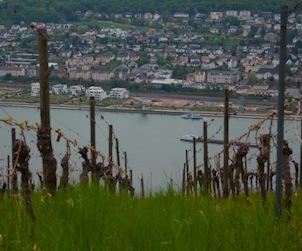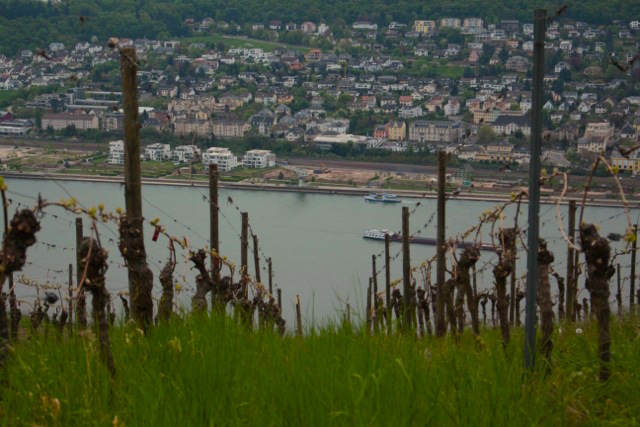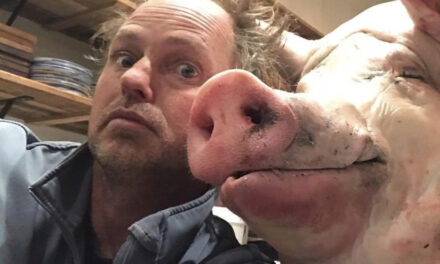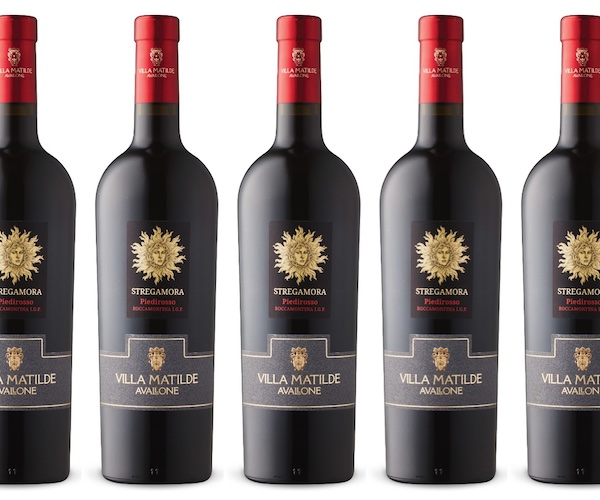For some wine drinkers, German wines represent sweet wines. Bring out a tall flute bottle and most people turn the glass around and tell me they don’t like sweet wines. “I’d prefer a California Chardonnay,” they say. However, in my opinion, Germany produces some of the finest wines in the world.
There was a time that the wines from the Rhine, Germany’s largest growing region, were on par with the classed growth wines of Bordeaux. But things like prohibition, sandwiched between two world wars, really put a hold on wine production. And Germany’s major export market, the USA, dried up.
The grape growers needed to make money so they started producing cheap sweet wines, so the world began to know Germany for Liebfraumilch. Wines like Blue Nun and Black Tower were what was on store shelves and the reputation for this style of wines were made.
But there has been a change happening over the last 15 years in Germany. The level of winemaking and the commitment to quality has increased. And with Geisenheim, one of the leading universities for winemaking and grape growing, innovation in the vineyard and in the cellars has helped to bring German wines to the forefront. Add to that the general resolve for dryer wines around the world, Germany is once again being seen as a leading producer of fine wines.
There are 13 regions with and a total of 102,439 hectares (about 255,000 acres) of land under vine in Germany. Most of the vineyards are in the south-west corner of the country with Sachsen and Saale-Unstrut further north and east. All wine regions rely on rivers. This is due to being able to move wine on boats during the middle ages.
With Rheinhessen being largest area with 26,523 ha of grapes growing and Hessische Bergstrasse the smallest is with 436 hectares under vine, Germany’s regions and vineyards are a both unique and distinctive.
Every wine lover has Riesling coursing through their veins and Germany is like a homecoming for most. With over 23,000 hectares of Riesling being grown Germany, it grows more Riesling than any other country. USA is the number two Riesling grower in the world, but it grows less than 5,000 hectares.
It is not just Riesling grown in Germany. Müller-Thurgau and Pinot Gris, locally know as Grauburgunder, round out the top three white grapes grown in Germany. Though over the last 15 years, Müller-Thurgau is slowing being replaced with other grapes like Pinot Blanc, locally know as Weißburgunder. Another grape that has seen increased plantings is Chardonnay. There has been a 175% increase of in the last 15 years, reflecting international tastes.
German wine is ready for the renaissance it deserves. Young German winemakers are challenging their parents’ ways and are open to suggestions science is making in their own back yard. They are making great wines that show a unique sense of place.
If you want to taste first hand what is happening in Germany, there will be no better place to be on Thursday, May 21 than the Next Generation Germany Tasting Event. Every taster will be hard pressed not to find something worth trying and talking about!
 Jay Whiteley is a sommelier at large, and Wine Director at Peter Pan Bistro, who loves a good story with a wicked soundtrack, and hopes to be pouring wine into a glass near you. Follow Jay at Twitter.com/corkdork.
Jay Whiteley is a sommelier at large, and Wine Director at Peter Pan Bistro, who loves a good story with a wicked soundtrack, and hopes to be pouring wine into a glass near you. Follow Jay at Twitter.com/corkdork.









“There was a time that the wines from the Rhine, Germany’s largest growing region …”
“Rhine” is a region?
“There are 13 regions with and a total of 102,439 hectares …”
“rhine is not one of them.